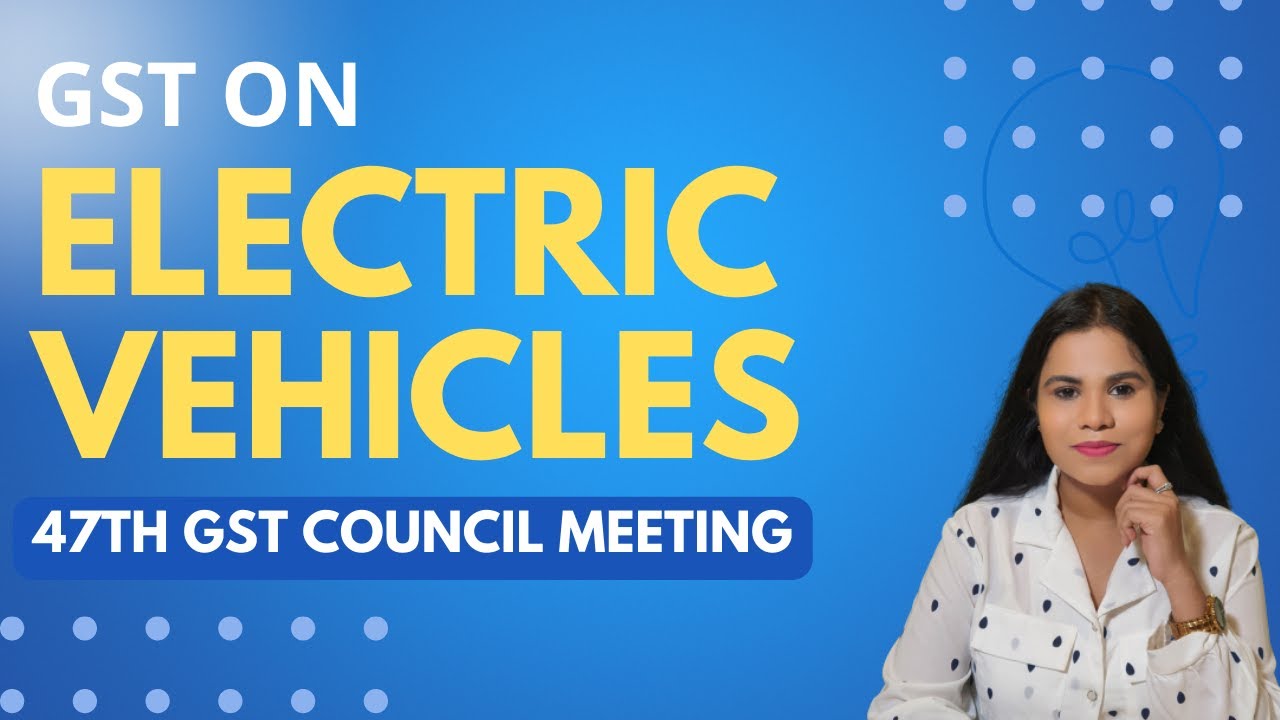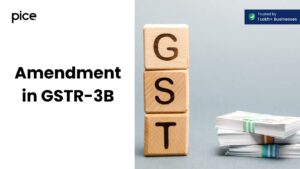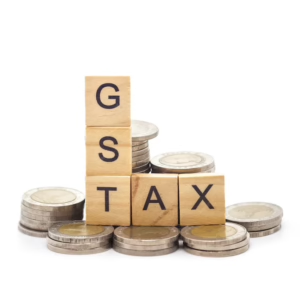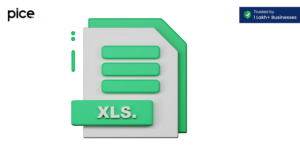Overview of All HSN Codes & Battery GST Rates
- 18 Aug 24
- 8 mins
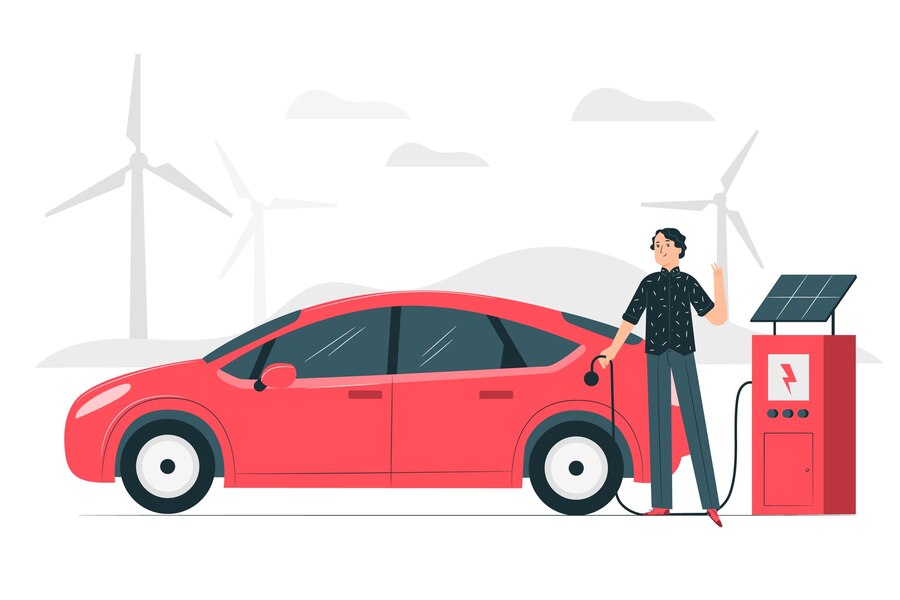
Overview of All HSN Codes & Battery GST Rates
Key Takeaways
- Lithium-ion batteries, crucial for modern electronics and electric vehicles, are taxed at a GST rate of 18%.
- HSN codes for batteries vary based on their chemical composition and usage, ensuring accurate tax classification.
- To find the correct HSN code for a specific battery, consult the GST tariff schedule or seek advice from a tax professional.
- Incorrect classification of batteries under the wrong HSN code can lead to penalties and fines due to improper GST charges.
- Exemptions or reductions in GST rates for batteries are available, particularly for those used in renewable energy and electric vehicles.
In India, specific tax codes and regulations apply to batteries, which are crucial parts of numerous devices. Knowing Harmonized System Nomenclature (HSN) codes and Goods and Services Tax (GST) rates is crucial for compliance and accurate tax calculation. This article explains the HSN codes and GST rates applicable to batteries.
HSN and GST Basics
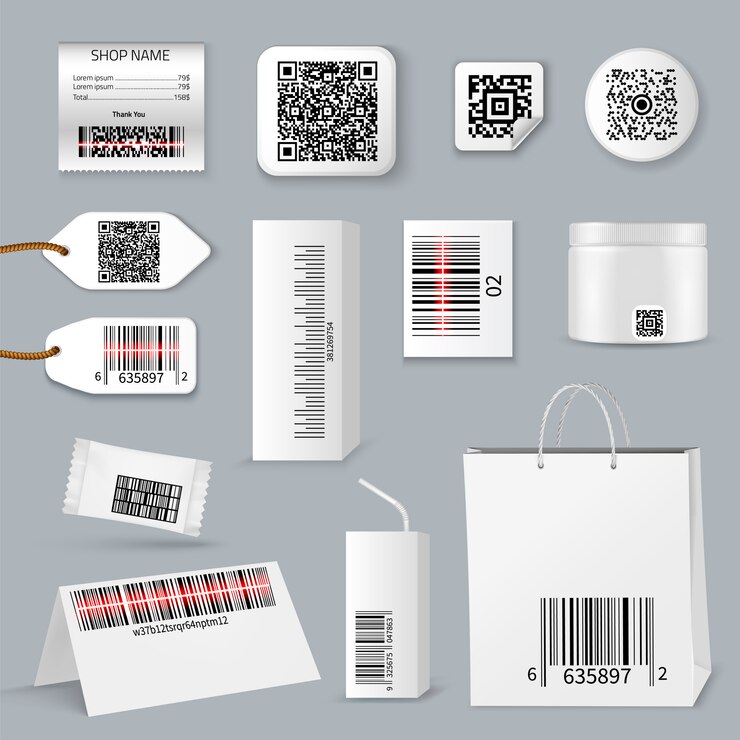
What is HSN?
HSN, or Harmonized System of Nomenclature, is a standardized system of names and numbers used internationally to classify traded products. Over 200 nations use it for trade, tariff, and tax purposes worldwide, thanks to the World Customs Organization (WCO).
The HSN system helps in harmonizing the process of import and export by classifying goods under a six-digit code, which breaks down into chapters, headings, and subheadings, allowing for precise identification and classification of products. This system simplifies international trade operations and enhances the accuracy of trade statistics, aiding in global economic analysis.
What is GST?
GST, or Goods and Services Tax, is a comprehensive, multi-stage tax applied to the sale of goods and services, where each stage of production and distribution can be taxed. It is often described as a destination-based tax, meaning it is applied where the goods or services are consumed rather than where they are produced. GST aims to replace multiple indirect taxes, such as sales tax, service tax, excise duty, etc., with a single tax, simplifying the tax structure and increasing compliance.
Introduced in various countries, including India, Canada, and Australia, GST is credited with making the economic environment more transparent and reducing tax-related complexities for businesses. In India, for example, GST was introduced in 2017 to unify the national market and boost overall economic growth by eliminating the cascading effect of various central and state taxes.
Battery HSN Codes
Batteries fall under several HSN codes, depending on their type and use. However, a commonly used HSN code is 8506, which covers primary cells and primary batteries.
| HSN Code | Description | Common Uses |
|---|---|---|
| 8506 | Primary cells and primary batteries | Cameras, flashlights, and small electronics |
| 8507 | Electric accumulators, including separators | Vehicles, inverters, and industrial systems |
| 8504 | Battery chargers | Mobile phones, laptop chargers |
| 8507.20 | Lead-acid accumulators | Car batteries, emergency systems |
| 8507.30 | Nickel-cadmium batteries | Power tools, emergency lighting |
| 8507.40 | Nickel-metal hydride batteries | Digital cameras, hybrid cars |
| 8507.60 | Lithium-ion batteries | Smartphones, laptops, and electric cars |
| 8507.80 | Other batteries, such as alkaline or lithium polymer | Various types of portable electronics |
GST and Batteries
The implementation of the Goods and Services Tax (GST) in India marked a significant change in the taxation landscape, simplifying the tax structure and making it more uniform across the country. This overview will explain the GST rates applicable to various types of batteries, which are crucial components in many devices and vehicles.
GST Rates on Different Types of Batteries
- Lead-Acid Batteries: Commonly used in vehicles and for industrial applications, lead-acid batteries are taxed at a rate of 28% under GST. This high rate is due to their environmental impact and the extensive recycling needed for their disposal.
- Lithium-Ion Batteries: As a key component in electric vehicles and mobile devices, lithium-ion batteries have a lower GST rate of 18%. This reflects the government's support for cleaner energy technologies.
- Nickel-Cadmium and Nickel-Metal Hydride Batteries: These types of batteries are also taxed at 18%, similar to lithium-ion, due to their use in various electronics and less environmental impact compared to lead-acid batteries.
- Alkaline Batteries: Often used in consumer electronics, alkaline batteries are subject to an 18% GST rate. Their widespread use in everyday products makes this a standard rate.
Impact of GST on Battery Manufacturing and Trade
The GST-provided uniform tax rate has aided in streamlining the manufacturing and trading procedures within the battery industry. By eliminating multiple indirect taxes, manufacturers and traders can manage their finances more predictably, leading to increased operational efficiencies.
Challenges and Considerations
Despite the advantages, the battery sector faces challenges under GST, such as the higher tax rate on lead-acid batteries, which affects the cost competitiveness of these products. Furthermore, the classification of batteries into different HSN codes can sometimes lead to confusion and compliance issues.
The Role of HSN Codes in Battery Taxation

HSN codes play a crucial role in determining the correct GST rates for batteries. Each type of battery is classified under a specific HSN code based on its chemical composition and usage, which in turn dictates the applicable GST rate. Accurate classification is essential for proper tax filing and compliance.
Detailed Examples: Calculations of GST
- For a battery priced at INR 1,000, the GST at 18% would be INR 180, making the total cost INR 1,180. These calculations are essential for businesses and consumers alike to understand pricing structures.
Regulatory Changes and Updates
HSN Code Adjustments: The classification of batteries under the HSN code system can undergo updates to reflect new technological advancements or changes in regulatory priorities. Accurate classification is crucial for applying the correct GST rate.
Environmental Considerations: Batteries with significant environmental impacts, particularly those involving hazardous materials, might be subject to future regulatory changes, including adjustments in GST rates to encourage more sustainable alternatives.
Incentives for Electric Vehicles (EVs): The Indian government has offered various subsidies and incentives for EVs through the FAME India Scheme (Faster Adoption and Manufacturing of Electric Vehicles), which indirectly benefits the battery industry by promoting the use of advanced battery technologies.
Impact of GST on Battery Industry
The GST-provided unified tax structure has generally simplified the tax framework for the battery industry. However, businesses must stay vigilant about compliance, especially with frequent updates in tax rates and HSN classifications. The reduced tax rates for advanced battery technologies also support innovation and adoption in key areas such as electric vehicles and renewable energy storage solutions.
Conclusion
In response to the increasing adoption of electric vehicles and the integration of renewable energy, the GST Council meeting is reviewing the GST rates on advanced lithium-ion batteries, aiming for a reduction of duty to support the FAME subsidy eligibility and foster the growth of Indian companies in the electric vehicle industry."
Knowing the HSN codes and GST rates for batteries not only aids in compliance but also helps in making informed business decisions. With frequent updates and changes, staying informed is key.
💡Missing the deadline to pay GST payments? Download Pice and start using a credit card to pay GST on time, experience efficiency and convenience, and manage cash flow more effectively.







